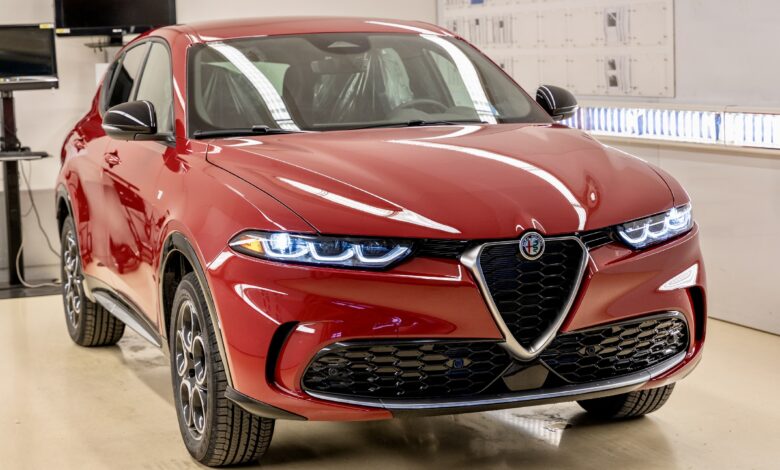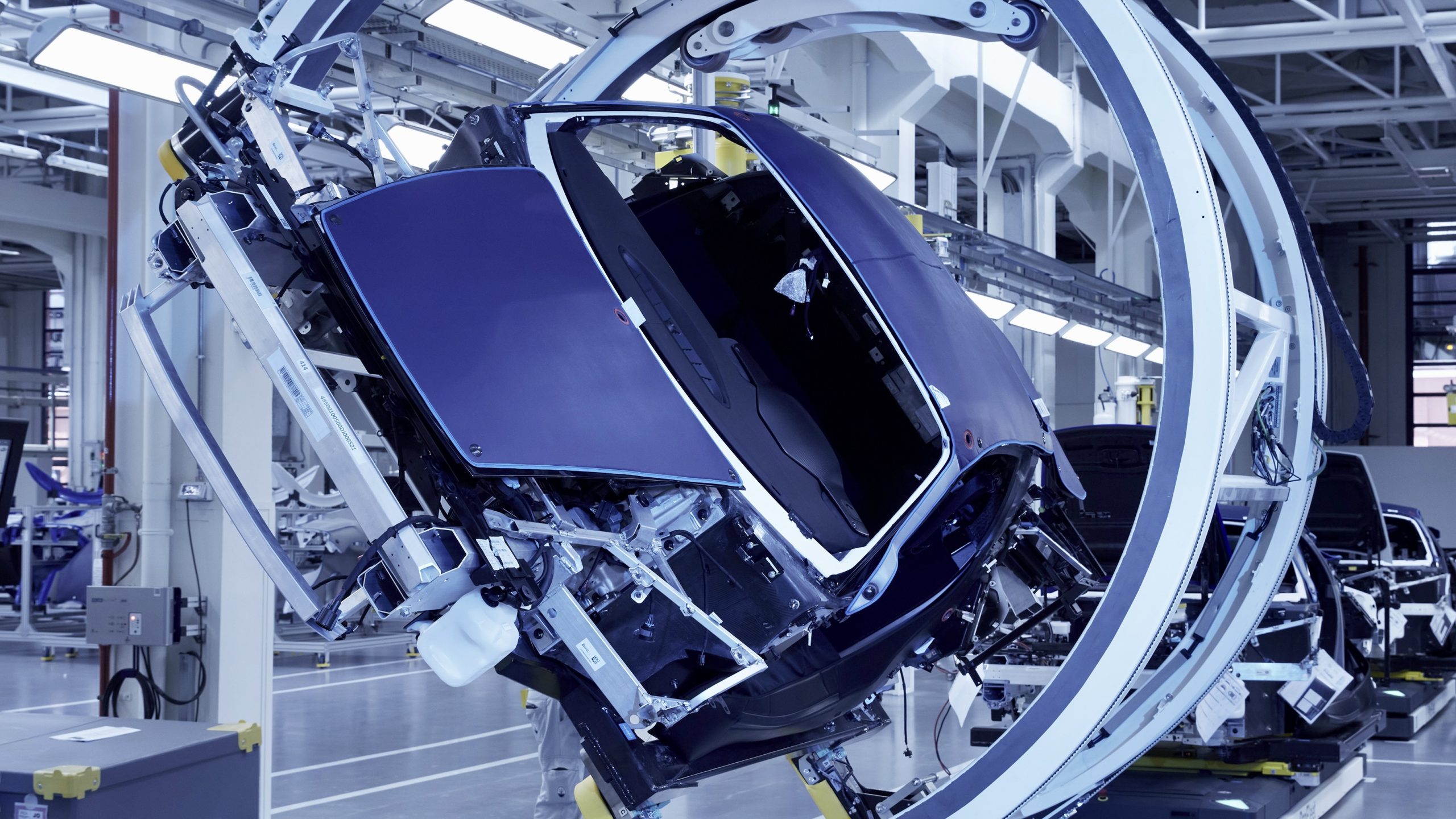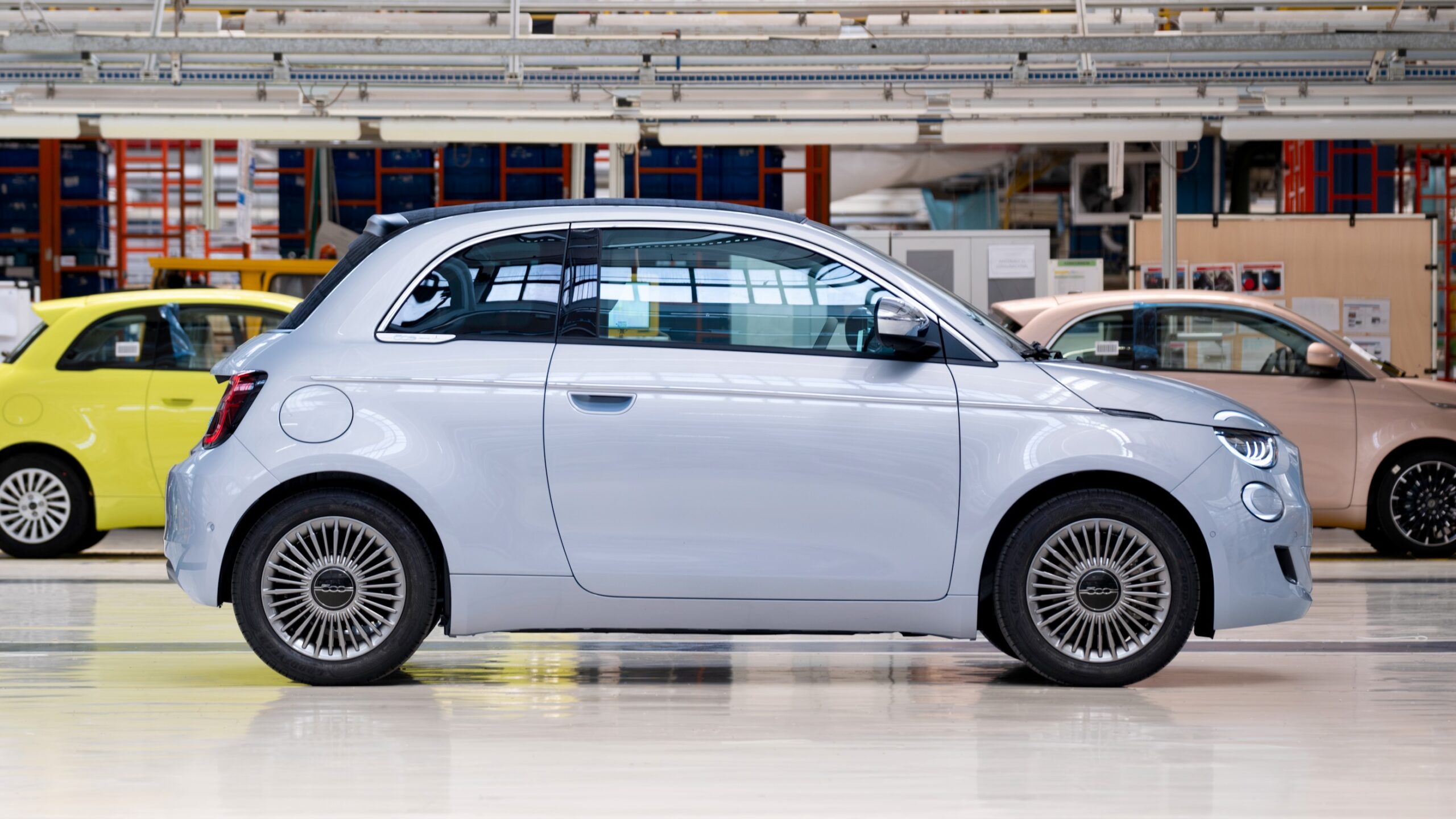Stellantis Slumps: Italy’s Car Production Hits 68-Year Low
EV Shift, Soft Demand, and U.S. Tariffs Spark Historic Downturn

Stellantis just hit a rough patch in Italy. The auto giant’s vehicle production in the country during the first quarter of 2025 dropped to the lowest level since 1956. That’s not a typo—this is the weakest Q1 output the company (and Italy’s auto industry) has seen in nearly seven decades.
According to Italy’s FIM-CISL union, Stellantis cranked out just 109,900 vehicles between January and March—down a steep 36% compared to the same time last year. That number includes both passenger cars and commercial vehicles. To put it in perspective, that’s less than what Fiat alone was building in a single quarter during the 1960s.

This slump is the result of what the union calls a “perfect storm.” Consumer demand is down, the shift toward electric vehicles (EVs) continues to disrupt factory output, and new U.S. tariffs on European-made vehicles—pushed by President Donald Trump’s tariff policy—are all piling on.
“We weren’t expecting a recovery, but we didn’t think it would get this bad,” said FIM-CISL in a statement.

John Elkann, the company’s chairman and interim boss after Carlos Tavares was removed from the CEO seat, is trying to steady the ship. Stellantis is still promising a €2 billion (around $2.2 billion) investment in Italy this year, but Elkann warned that rising trade barriers could make that money less effective than hoped.
Stellantis runs several major factories in Italy, including the historic Mirafiori Assembly Plant in Turin. It’s where they build everything from the tiny Fiat 500e to high-end Maserati GranTurismo and GranCabrio sports cars, as well as a range of commercial vans. But with demand soft and policy uncertainty clouding the skies, production lines are slowing down instead of speeding up.

It was recently announced that the GranTurismo and GranCabrio would move production to the company’s Maserati Modena facility due to the duo’s sales slump.
Unless things change—like tariffs easing, EV demand picking back up, or consumer confidence returning—Italy may be in for another tough year in car manufacturing. And if Italy’s output keeps sliding, that could start affecting global supply chains for several Stellantis brands.






1 reply
Loading new replies...
Join the full discussion at the Mopar Insiders Forum →